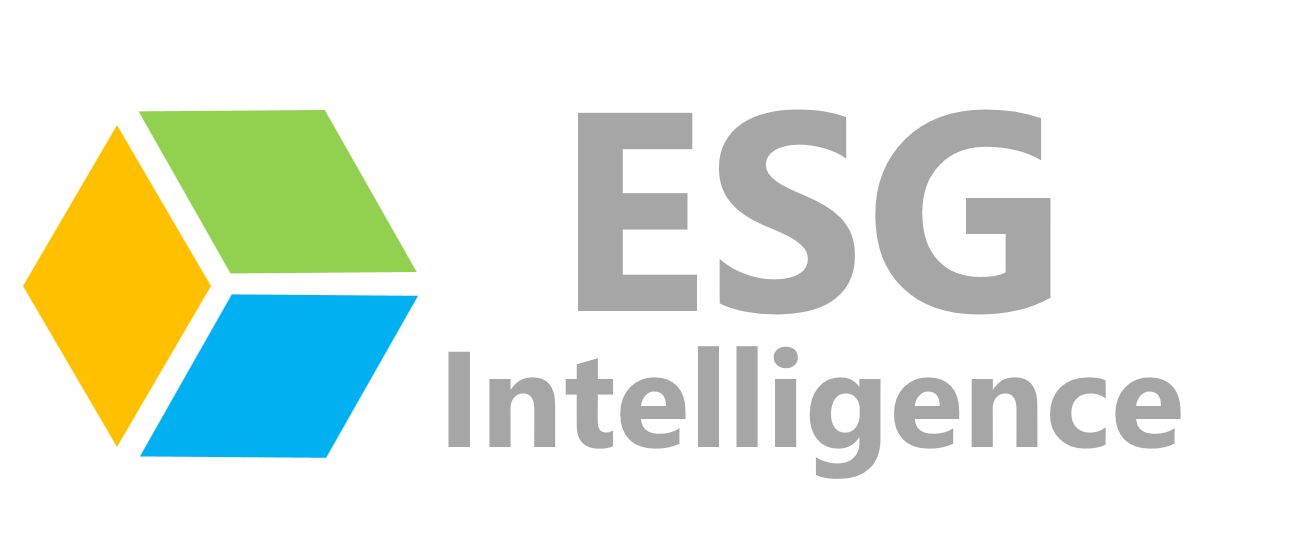The Evolution of ESG Reporting Standards: A Path Towards Streamlined Disclosure
Sustainability reporting has evolved into an essential aspect of corporate accountability. Over the past three decades, numerous frameworks and standards have been developed to help organizations disclose their environmental, social, and governance (ESG) impacts. While the goal has been to enhance transparency and standardization, the proliferation of overlapping frameworks has created challenges, particularly for smaller companies within supply chains. Through this article, we try to analyze the evolution of ESG reporting standards, and highlight the challenges posed by their multiplicity. We believe that the large corporations an play a pivotal role in supporting their supply chains to help small suppliers navigate this complex landscape.
The Early Years: Establishing a Foundation (1997–2002)
The late 1990s marked the beginning of formalized sustainability reporting. The Global Reporting Initiative (GRI), launched in 1997, was the first comprehensive framework designed to guide organizations in disclosing their ESG performance. Its aim was to provide consistency and comparability across industries.
Shortly after, the GHG Protocol (1998) introduced methodologies for measuring greenhouse gas emissions. As climate change emerged as a critical global issue, the GHG Protocol became a cornerstone for emissions reporting.
In 2000, the UN Global Compact encouraged businesses worldwide to align their operations with ten principles related to human rights, labor, environment, and anti-corruption. Together with the GRI and the GHG Protocol, these early frameworks laid the groundwork for integrating sustainability into corporate strategies.
Broadening the Scope: New Dimensions of Disclosure (2002–2011)
The Carbon Disclosure Project (CDP), introduced in 2002, pushed the agenda further by emphasizing corporate climate transparency. Companies were urged to disclose their carbon footprints, risks, and opportunities related to climate change.
In 2006, the United Nations Principles for Responsible Investment (UNPRI) was established, focusing on integrating ESG factors into investment decision-making. This brought investors into the sustainability reporting ecosystem, emphasizing the financial materiality of ESG data.
By 2011, the SASB Standards emerged to address industry-specific reporting requirements. Unlike earlier frameworks, SASB focused on financial materiality, making ESG data more relevant to investors and aligning with traditional financial reporting practices.
Consolidation and Integration: A Global Push (2015)
The year 2015 was transformative for sustainability reporting. Multiple landmark frameworks and regulations were introduced:
- The United Nations Sustainable Development Goals (UNSDGs) provided a universal framework for addressing global challenges such as poverty, inequality, and climate change.
- The UK Modern Slavery Act mandated disclosures on efforts to combat forced labor and human trafficking within supply chains.
- The Science-Based Targets initiative (SBTi) guided companies in setting emissions reduction targets aligned with the Paris Agreement.
- The Task Force on Climate-related Financial Disclosures (TCFD) offered a framework for disclosing climate-related financial risks.
- The EU Non-Financial Reporting Directive (NFRD) required large companies to disclose non-financial information, emphasizing ESG integration into European corporate practices.
This year underscored a global consensus on the need for comprehensive and actionable sustainability reporting frameworks, albeit at the cost of creating overlapping requirements.
Addressing Emerging Challenges: Recent Developments (2019–2024)
As sustainability reporting matured, new regulations were introduced to address gaps and provide clarity:
- The Sustainable Finance Disclosure Regulation (SFDR) (2019) aimed at increasing transparency in sustainable investments within the EU.
- The EU Taxonomy (2020) provided a classification system to determine the environmental sustainability of economic activities.
- The Supply Chain Due Diligence Act (2021) in Germany introduced stringent requirements for companies to ensure human rights and environmental standards in their supply chains.
- India’s Business Responsibility and Sustainability Reporting (BRSR) (2021) brought a localized focus to ESG reporting, tailored to the Indian corporate landscape.
- The SEC Climate Disclosures (2023) in the United States aimed to standardize climate-related disclosures for public companies.
- The EU Corporate Sustainability Reporting Directive (CSRD) (2024) replaced the NFRD, expanding the scope and detail of required non-financial disclosures.
Challenges of a Fragmented Landscape
While the proliferation of frameworks reflects the growing importance of sustainability, it has also created significant challenges. For smaller companies, particularly those in supply chains, navigating these overlapping standards can be overwhelming. Differences in scope, metrics, and reporting methodologies often result in resource-intensive compliance efforts.
For example, a supplier working with multiple multinational corporations may need to align with the GRI for one client, TCFD for another, and BRSR for a third. The lack of harmonization among these frameworks complicates data collection, analysis, and reporting, disproportionately burdening smaller entities with limited resources.
The Role of Large Corporations
Large corporations sit at the apex of global supply chains and have a critical role in easing the burden of sustainability reporting for smaller suppliers. By standardizing reporting requirements across their supply chains, offering capacity-building programs, and leveraging technology, they can drive meaningful change.
- Standardization of Requirements: Multinational corporations can adopt and promote unified reporting frameworks across their supply chains, reducing the need for suppliers to comply with multiple standards.
- Periodic Supplier ESG assessments: Large corporations should assess their supplier’s ESG performance periodically, and share the Gap analysis with their suppliers. This will help suppliers know where to improve.
- Capacity Building: Training programs and workshops can help suppliers understand and implement sustainability reporting requirements efficiently.
- Leveraging Technology: Digital tools, such as blockchain and IoT-based platforms, can streamline data collection and reporting, making it easier for suppliers to provide accurate and timely disclosures.
Towards a Harmonized Future
Efforts to harmonize sustainability reporting standards are already underway. Initiatives such as the merger of the SASB and International Integrated Reporting Council (IIRC) into the International Sustainability Standards Board (ISSB) signal progress towards creating a unified global framework. However, achieving full harmonization will require collaboration among governments, standard-setting bodies, and corporations.
For smaller companies, the harmonization of frameworks will reduce compliance costs and enhance accessibility to global markets. Large corporations, by supporting their supply chains, can accelerate this transition, ensuring that sustainability reporting becomes an enabler of growth rather than a barrier.
Conclusion
The evolution of ESG reporting standards reflects the growing recognition of ESG factors in corporate strategy and accountability. While the proliferation of frameworks has advanced transparency, it has also introduced complexity, particularly for smaller supply chain participants. Large corporations must shoulder the responsibility of simplifying and standardizing sustainability reporting across their networks. By doing so, they can not only ease the compliance burden for smaller companies but also drive collective progress towards a more sustainable future.








